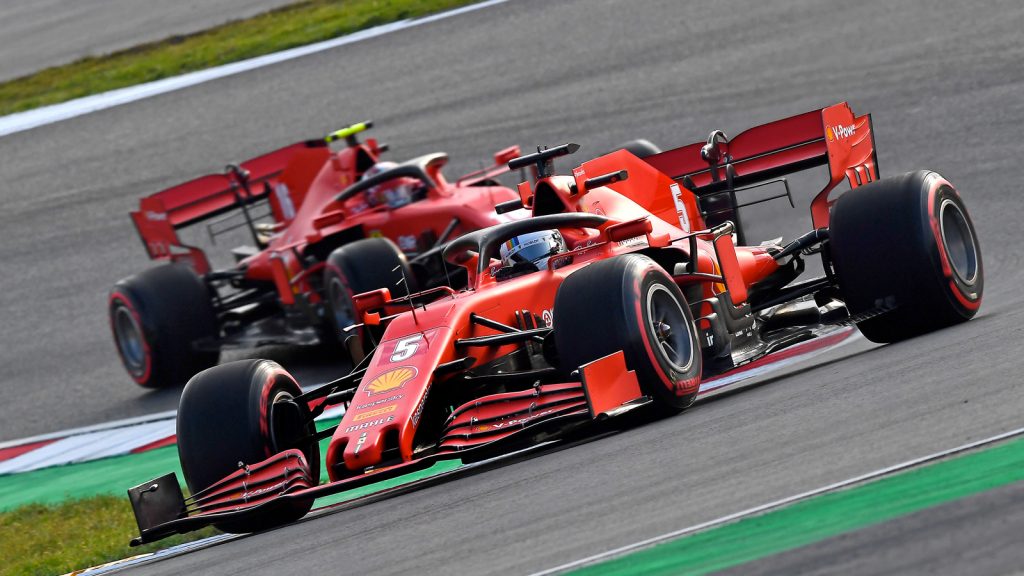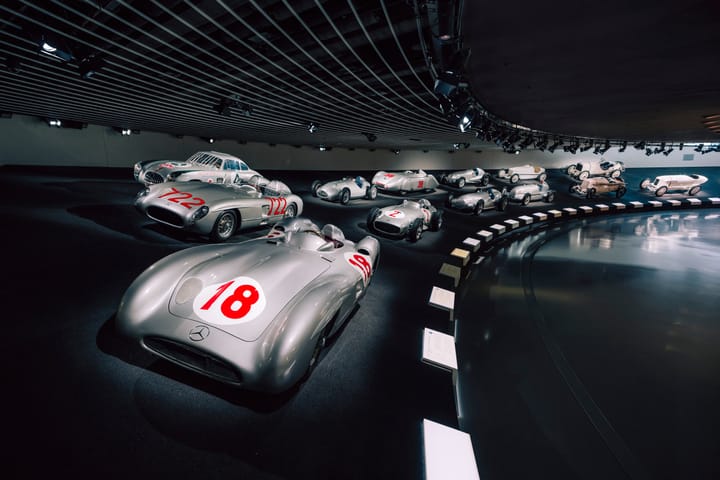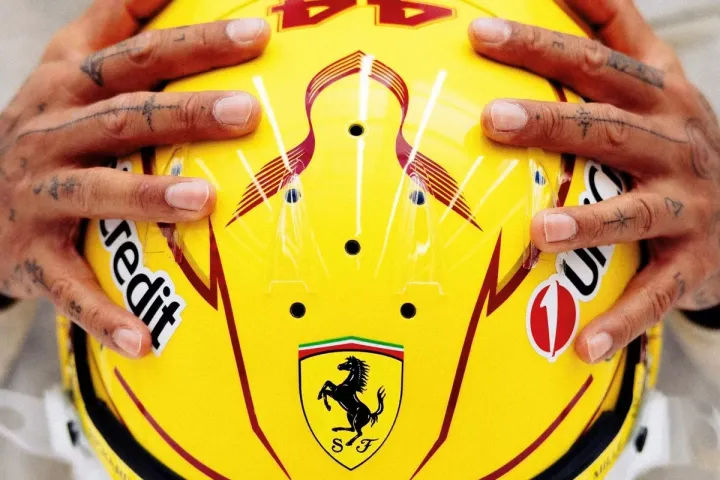More Hybrid Moves In F1

The green power push in Formula One could mean new engines from 2026 – or even earlier.
The current V6 hybrid power-plants are set to continue until the end of 2025 despite a major revision in rules for the 2022 season, but the domination of Mercedes-AMG, with a super-costly and very complex engine is leading to some second thoughts.
The noise of the current cars has also failed to ignite any passion with many fans.
Discussions about future of F1 engines are continuing with tight control on the number of specifications allowed in the years ahead.
There is a plan for a more affordable solution which will hopefully attract new manufacturers to the series and add to the greening of F1.
The commitment to hybrid power-plants is strong, so the new regulations expected to increase the amount of electrification and, most importantly, do it with sustainable synthetic fuels.
The sport is aiming for a net-zero carbon footprint by 2030.
“Formula 1 has long served as a platform for introducing next-generation advancements in the automotive world,” Formula 1 said in a recent statement.
“We believe we have the opportunity to do that with a next generation engine that combines hybrid technology with sustainable fuels.”
A working group has been established to investigate what is best for the sport, both in its positioning and the costs involved.
There has been some discussion about perhaps getting a deal earlier and so bringing in new engines at the start of 2025. But, for the moment this is still not decided.
What is certain is that there is less and less scope for the manufacturers to develop the current power units.
In 2021, for example, the manufacturers are to be allowed only one specification of Internal Combustion Engine and only one turbocharger, with similar restrictions for other components. This will be the same in 2022 and 2023 but, after that, there will be no new-spec power units allowed in 2024 or 2025.
If the new engine rules are brought forward to 2025, then the engine freeze will begin in 2023.
The current engines have now reached a point where performance between the different units is close, after several years of Mercedes being a long way ahead. So the engine freeze makes a lot of sense, with the only variable ahead being the fuels and oils, which F1 wants to be sustainable by 2023 with the specification remaining the same after that.
The problem with all-new engines is that they tend to increase costs, because of the research and development that is required not only before they appear but also to improve them once they have begun racing. Such changes also tend to result in one manufacturer pulling away for the others and gaining an advantage, while maintaining the same formula means that the knowledge spreads through the business and so engines become quite similar in terms of design and in terms of performance.
It is a Catch-22 situation as change is good on the one hand and not a good idea on the other.
Although Formula 1 did a terrible job promoting the current engine formula, what has been achieved is quite astonishing in pushing hybridisation forwards.
F1 has now pushed thermal efficiency above 50 percent is remarkable given that it had taken the industry more than 120 years to reach little more than 30 percent. It is clear that if such technology can be fed back into the industry it is good thing for F1.





